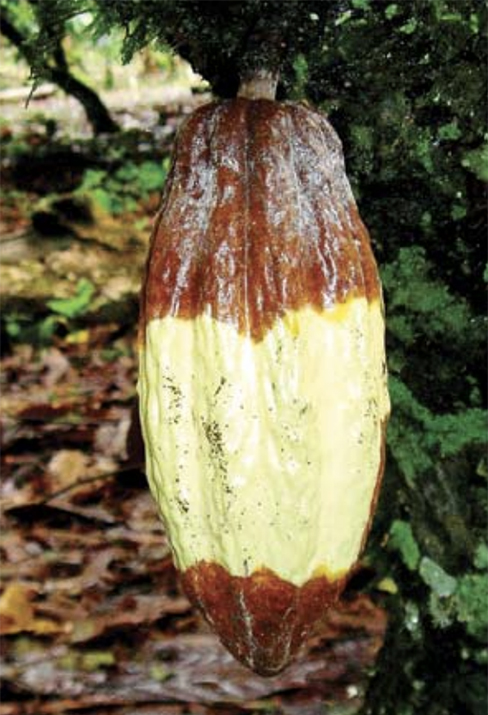New Findings in Cocoa's Resistance to Diseases of Global Importance

- A research group, including Mariela Leandro from CATIE, reveals how the genetic diversity of cocoa contributes to its defense against the causal agent of black pod disease, according to a study published in BMC Biology.
A recent study published in the journal BMC Biology highlights significant advances in understanding the defense responses of cocoa (Theobroma cacao) against one of its most formidable enemies, the pathogen Phytophthora palmivora, commonly known as black pod.
This study, which combines whole-genome and RNA sequencing techniques, has identified several genes and metabolic pathways that play a crucial role in cocoa's resistance to this disease.

The research group initially focused on creating a new, highly contiguous genomic assembly for the black pod-resistant genotype, SCA 6, whose data are now available on GenBank. Using this high-quality assembly, the team was able to identify conserved and divergent genetic responses among four cocoa populations, as well as in other species of the Theobroma genus..
Mariela Leandro, a researcher at CATIE's Unit for Agroforestry and Genetic Improvement of Coffee and Cocoa (Tropical Agricultural Research and Higher Education Center), co-authored the article, bringing her expertise in phytopathology to the study.
One of the most notable findings of the study is the identification of the phenylpropanoid biosynthesis pathway, known for its role in plant defense, which is conserved across all analyzed populations. In particular, the gene for caffeoyl shikimate esterase (CSE) showed increased expression in all populations following treatment with the pathogen, indicating its crucial importance in cocoa's defense response.
The research also showed that most of the variations in gene expression associated with resistance are unique to each population. This highlights the importance of using a broad sample of evolutionarily divergent populations to reveal the genetic bases of resistance in cocoa to black pod.
The results not only provide a valuable understanding of how cocoa can defend itself against harmful pathogens, but also highlight the potential of using diverse genetic resources in the improvement of cocoa and other perennial plants.
This strategy is promising for discovering and leveraging valuable genetic resources that could be crucial for developing crop varieties that are more resilient and adapted to current and emerging threats.
Written by:
Karla Salazar Leiva
Communicator
Communications and Marketing Office
CATIE
karla.salazar@catie.ac.cr
Tag:cacao, research, mazorca negra



